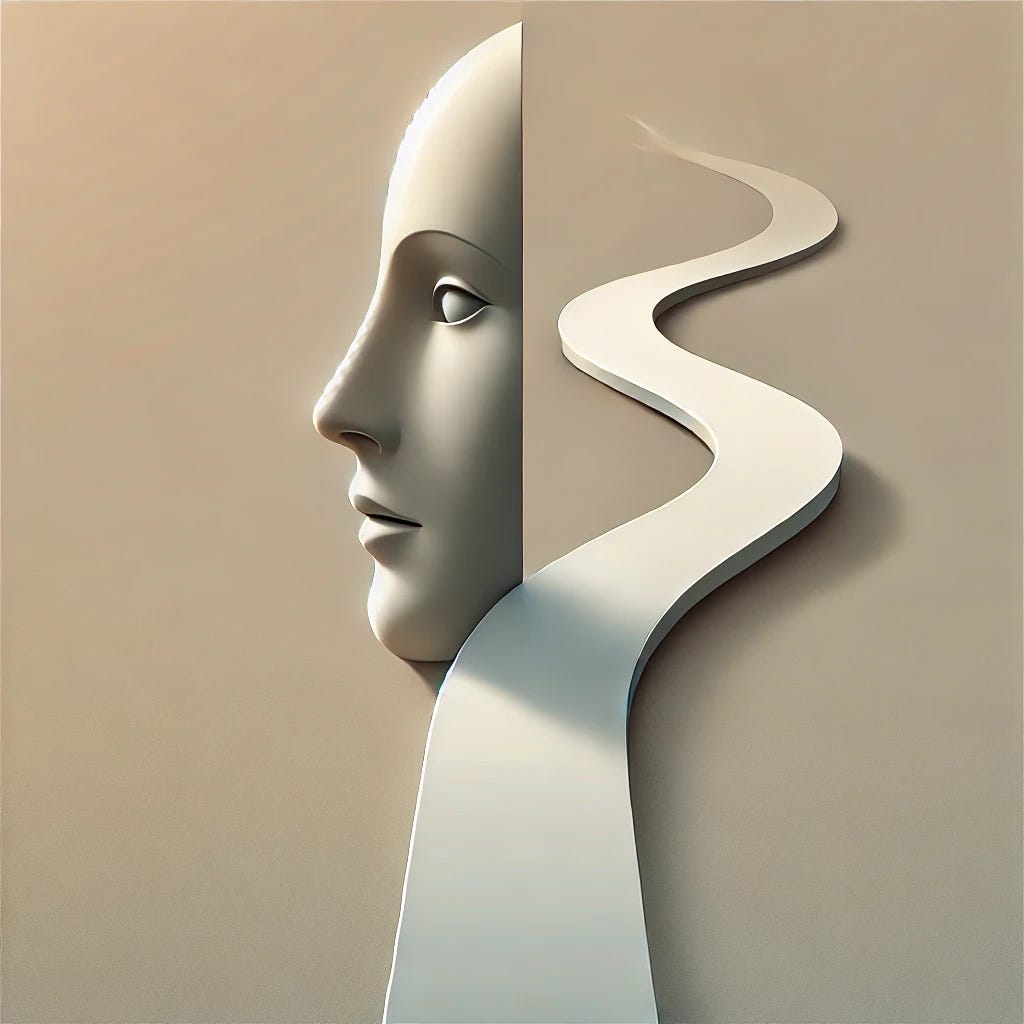The Moment When Everything Hangs in the Balance
How instability creates room for growth and transformation
The ground feels shaky. The water below looks cold. This is where growth happens. Uncertainty is uncomfortable, but it is also a sign that we are moving. It is the price of development—and sometimes the only bridge to new possibilities.
Everything seems to fall apart. My first, long-term girlfriend leaves me, and suddenly the question arises: Who am I now? The ground beneath my feet feels unstable—a feeling reminiscent of Berlin in the 1990s, when chaos and opportunity stood side by side after the fall of the Wall. These moments of transition can feel like an earthquake. But out of the turmoil, something new often emerges: a new identity, a new apartment, new people. And eventually, stability returns. Yet before that, there is a phase where nothing feels certain.
It’s like the often-mentioned jump from the shallow end of the pool into deep water: only when we let go do we realize that we can swim. These moments of hesitation determine whether we move forward.
No transformation works without instability. Systems only change when old patterns break. This chaos is not a mistake but a necessary state for something new to emerge. Peter Kruse describes this process as self-organization [1]. Systems tip, reorder themselves, and find a new balance. But old ways of thinking can block this restart. Flexibility and openness become critical skills for seeing uncertainty not as a threat but as an opportunity.
The first step is self-observation. How do I feel? What patterns keep repeating? Self-reflection is key to growth. Instead of fighting uncertainty, it helps to embrace and observe it. It signals that we are moving. This moment of wobbling is often the start of something big. Those who use it can become creative, try new paths, and emerge stronger in the end.
Uncertainty is not an enemy but a signal that change is possible. Those who embrace these moments can not only survive—they can grow. Change begins exactly where we feel the most uncomfortable.
Sources and Further Reading:




